On April 8, 2024, at 3:06 PM EDT, over 50,000 people biked, scootered, and gathered in the trails of the Indianapolis Motor Speedway to witness the moon blotting out the view of the sun from the cityscape, for approximately four minutes. It was the first time in 800 years that Indianapolis experienced this celestial event of the total solar eclipse, which will not happen again until 2044. For stargazers, eclipse chasers, and astronomy enthusiasts, NASA shared the riveting live stream of eclipse’s real-time status in the form of short clips shared in a thread on X.
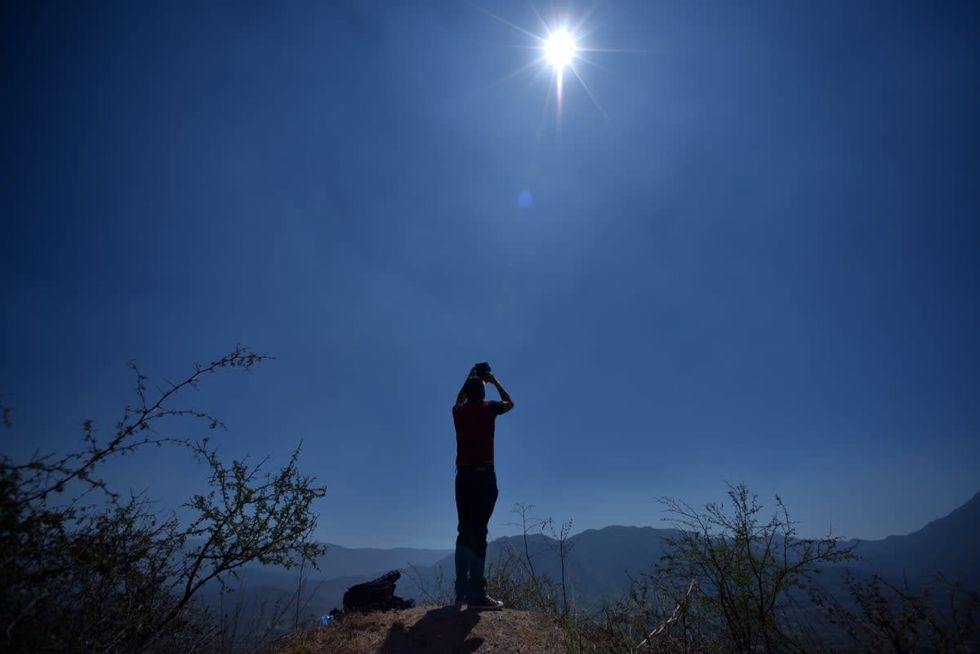
The first clip was shared when the total solar eclipse was observed in Mazatlán, Mexico. The video shows a black sphere of the umbra with an outline glowing with a halo of light.
A follow-up clip gained over 900k views in a short period. The video is unique and gained the interest of people as it showed how the total solar eclipse looked from the International Space Station. The video shows a shadow looming over the surface of the earth, darkening a swath and depicting a hollowed black crater forming on the otherwise green-blue ball of the planet.
People on social media thanked the NASA engineers for sharing the clips, apparently quite excited to pick up their eclipse glasses and witness the once-in-a-lifetime vista. @ildiko_santana commented, “Thank you so much for the amazing coverage of this celestial event and the great interviews. Exhilarating and humbling all at once... What an exciting time to be on our planet!” Another video doing rounds on the internet shows a magnificent view of the solar eclipse from an airplane. It is simply breathtaking.
The total solar eclipse of 2024 swept across American, Mexican and Canadian states. It was believed to be a rare event due to its totality. According to NASA, the eclipse depicted precise alignment between the sun, moon, and Earth. The moon was positioned directly between the Earth and the sun, blocking out the sun's light.
The total eclipse was also an incredible opportunity for scientists to study changes in part of the Earth's upper atmosphere, known as the ionosphere, as it affects radio waves used for communication and navigation. "Disturbances in this layer can cause issues with GPS and communications," said Kelly Korreck, the eclipse program manager at NASA headquarters, as per Phys.org.
As for witnessing the eerie sight, NASA had urged people to take safety measures. In a post, they stated, "We want you to watch the total solar eclipse. We just don't want it to be the last thing you see." NASA stressed that it was not safe to look directly at the sun without specialized eye protection glasses for eclipse viewing.
They further said that viewing any part of the Sun through a camera lens, binoculars, or a telescope without a special-purpose solar filter secured over the front of the optics will instantly cause severe eye damage. They suggested that one looks through safe solar viewing glasses, also called eclipse glasses, or a safe handheld solar viewer at all times. Regular sunglasses, no matter how dark, are not safe for viewing the solar eclipse, they cautioned.
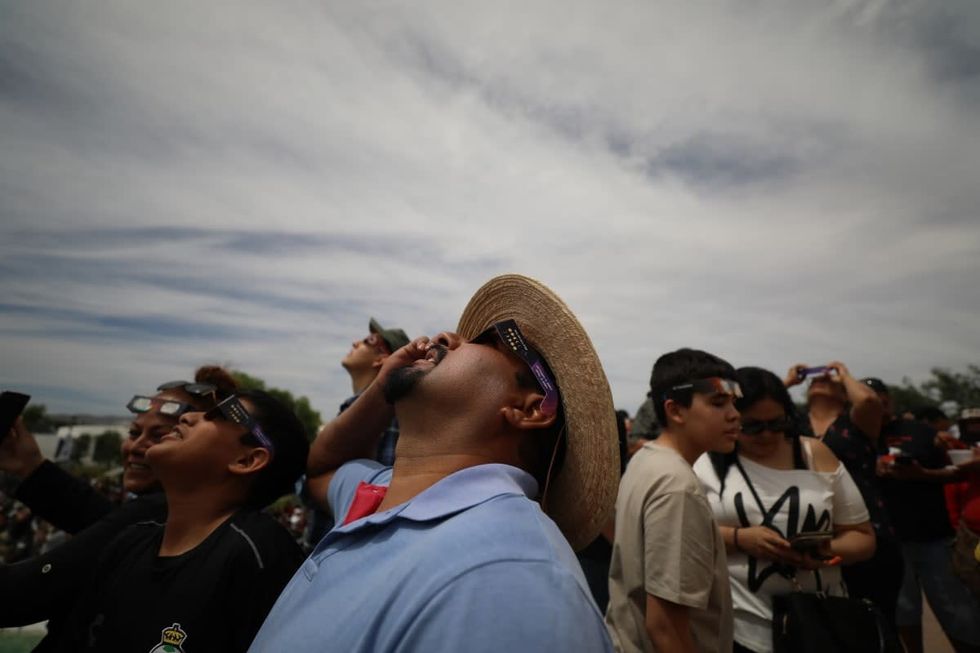


















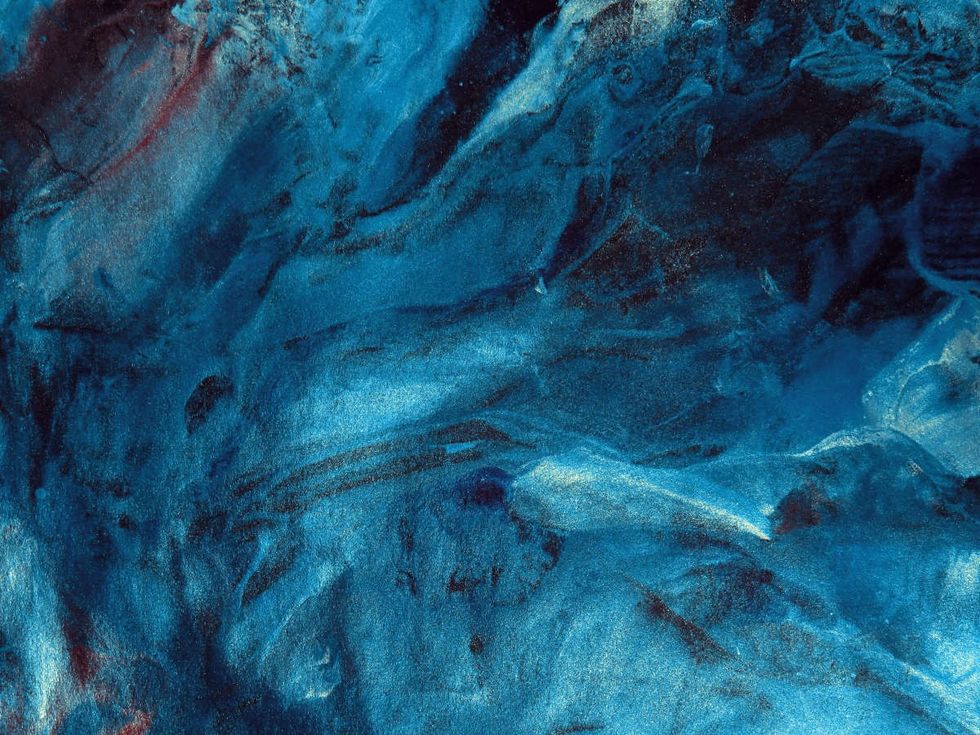 Representative Image Source: Pexels | Anni Roenkae
Representative Image Source: Pexels | Anni Roenkae Representative Image Source: Pexels | Its MSVR
Representative Image Source: Pexels | Its MSVR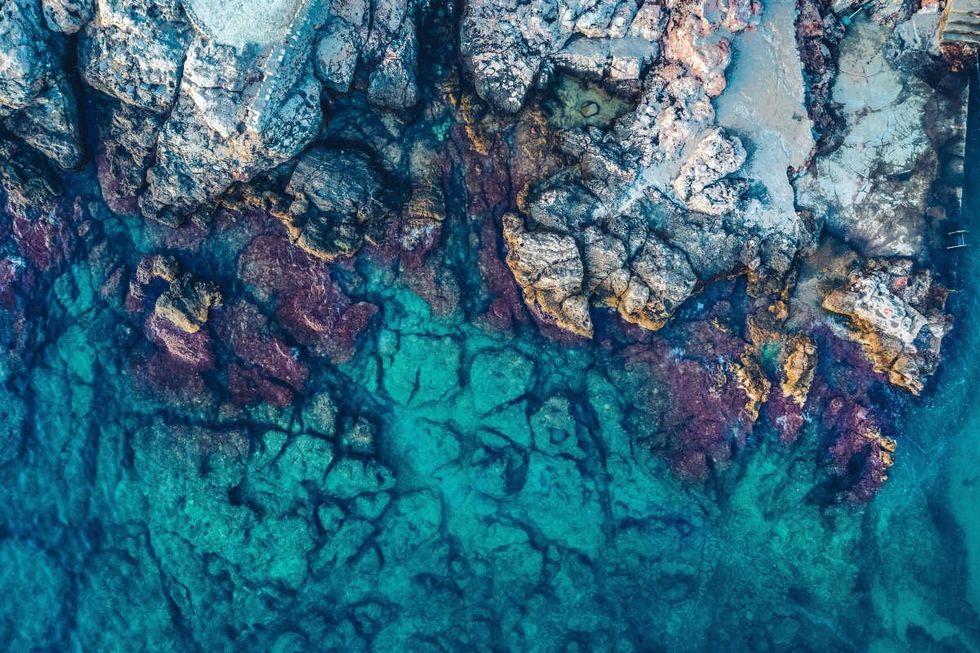 Representative Image Source: Pexels | Lucian Photography
Representative Image Source: Pexels | Lucian Photography

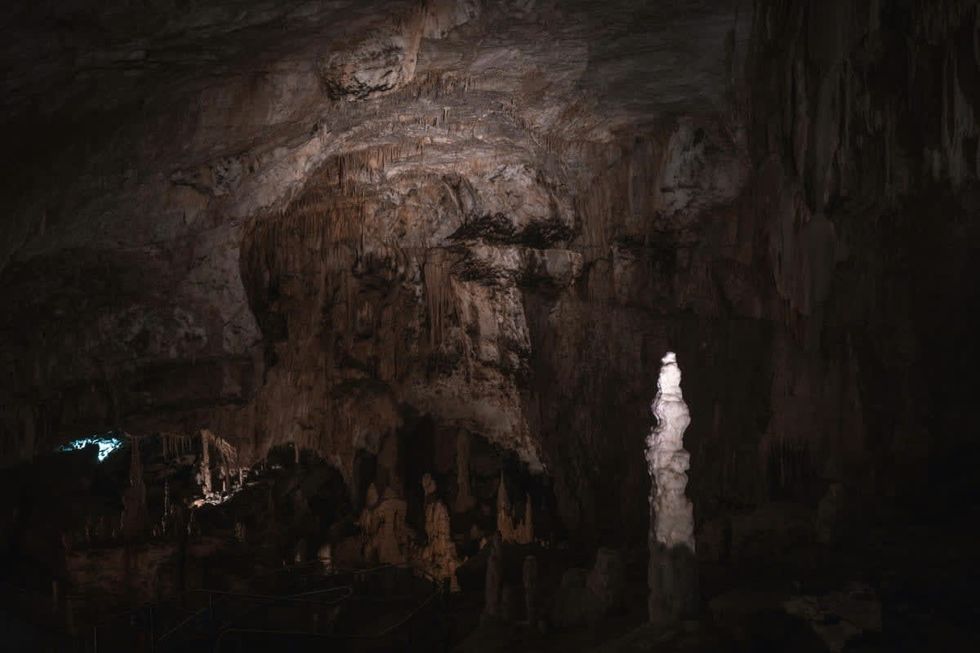 Representative Image Source: Pexels | francesco ungaro
Representative Image Source: Pexels | francesco ungaro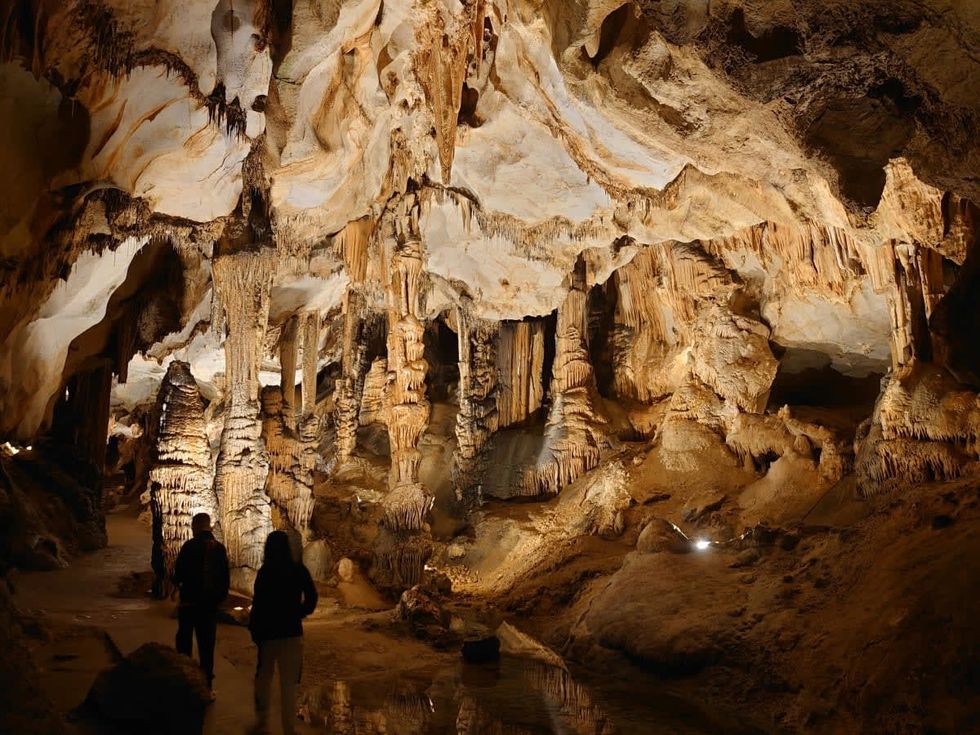 Representative Image Source: Pexels | parfait fongang
Representative Image Source: Pexels | parfait fongang Image Source: YouTube |
Image Source: YouTube |  Image Source: YouTube |
Image Source: YouTube |  Image Source: YouTube |
Image Source: YouTube | 
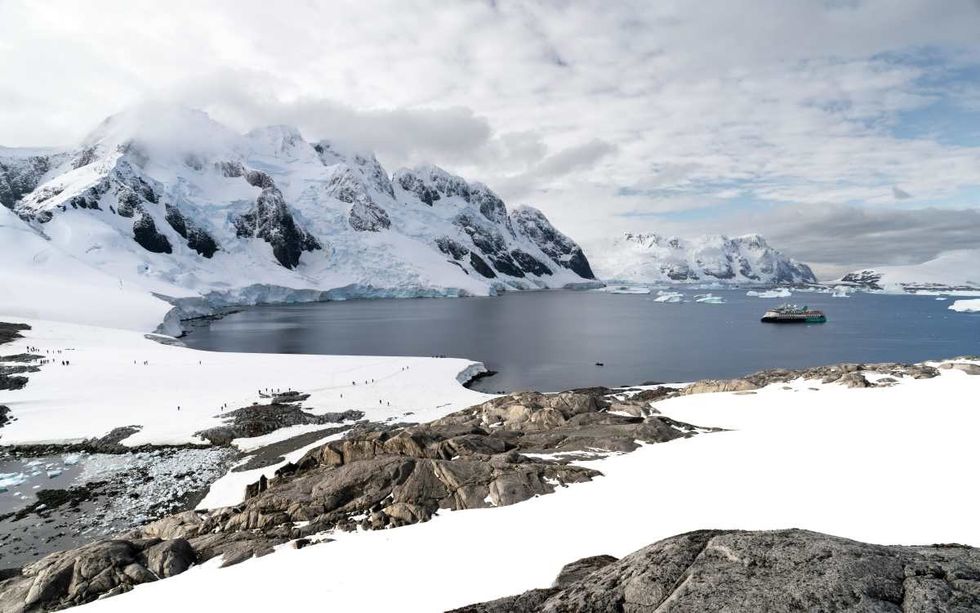 Representative Image Source: Pexels | Hugo Sykes
Representative Image Source: Pexels | Hugo Sykes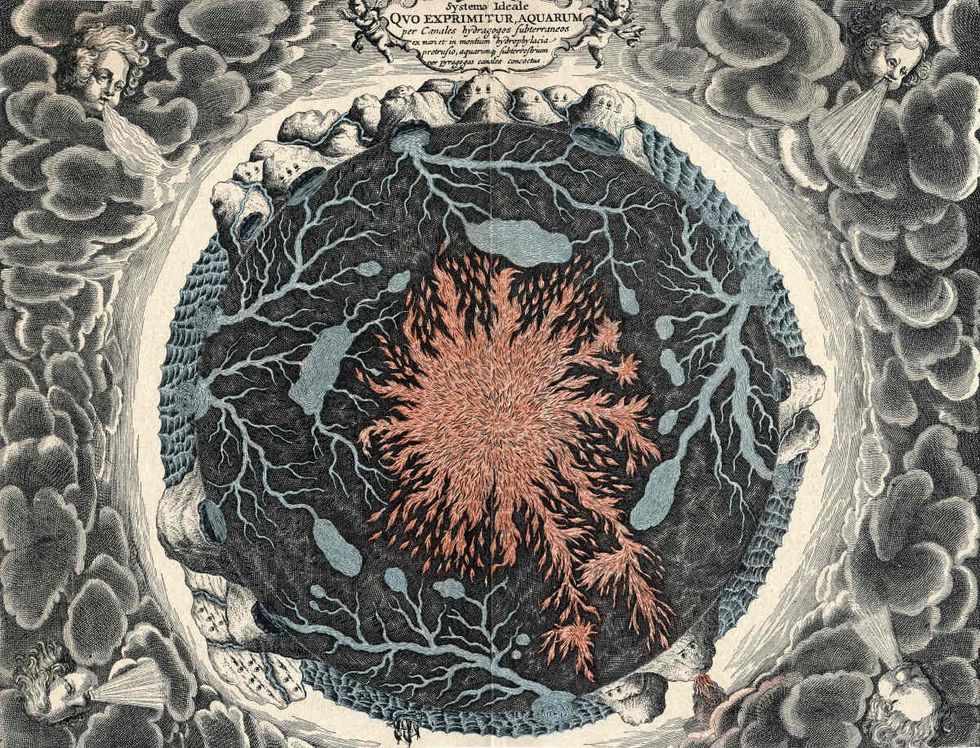 Representative Image Source: Sectional view of the Earth, showing central fire and underground canals linked to oceans, 1665. From Mundus Subterraneous by Athanasius Kircher. (Photo by Oxford Science Archive/Print Collector/Getty Images)
Representative Image Source: Sectional view of the Earth, showing central fire and underground canals linked to oceans, 1665. From Mundus Subterraneous by Athanasius Kircher. (Photo by Oxford Science Archive/Print Collector/Getty Images)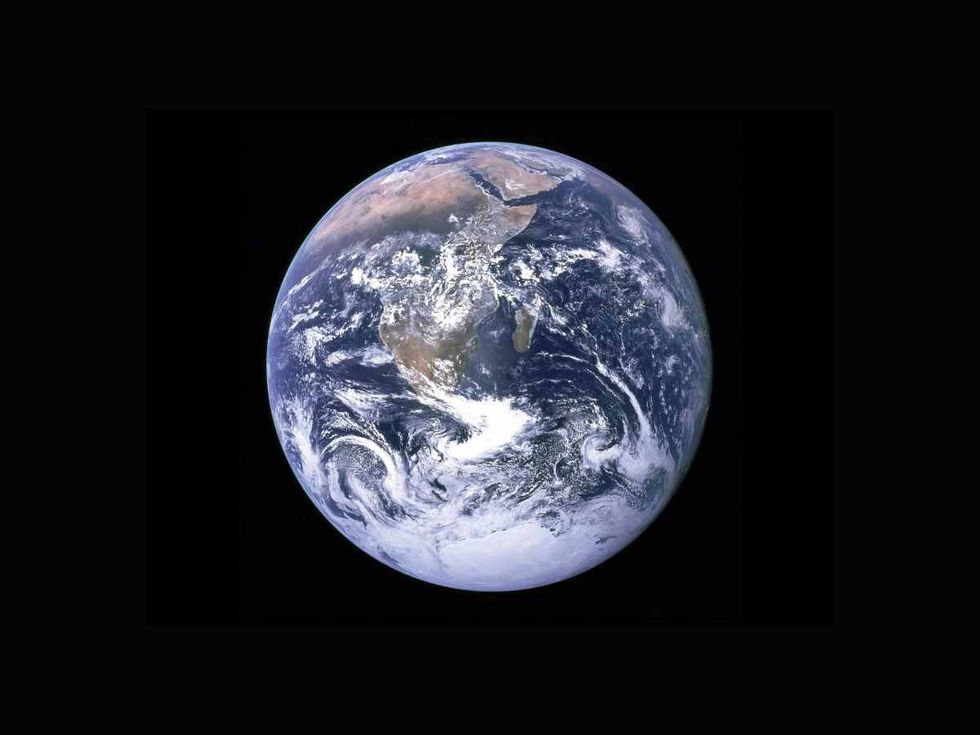 Representative Image Source: Pexels | NASA
Representative Image Source: Pexels | NASA




 Representative Image Source: Pexels | Steve Johnson
Representative Image Source: Pexels | Steve Johnson Representative Image Source: Pexels | RDNE Stock Project
Representative Image Source: Pexels | RDNE Stock Project Representative Image Source: Pexels | Mali Maeder
Representative Image Source: Pexels | Mali Maeder
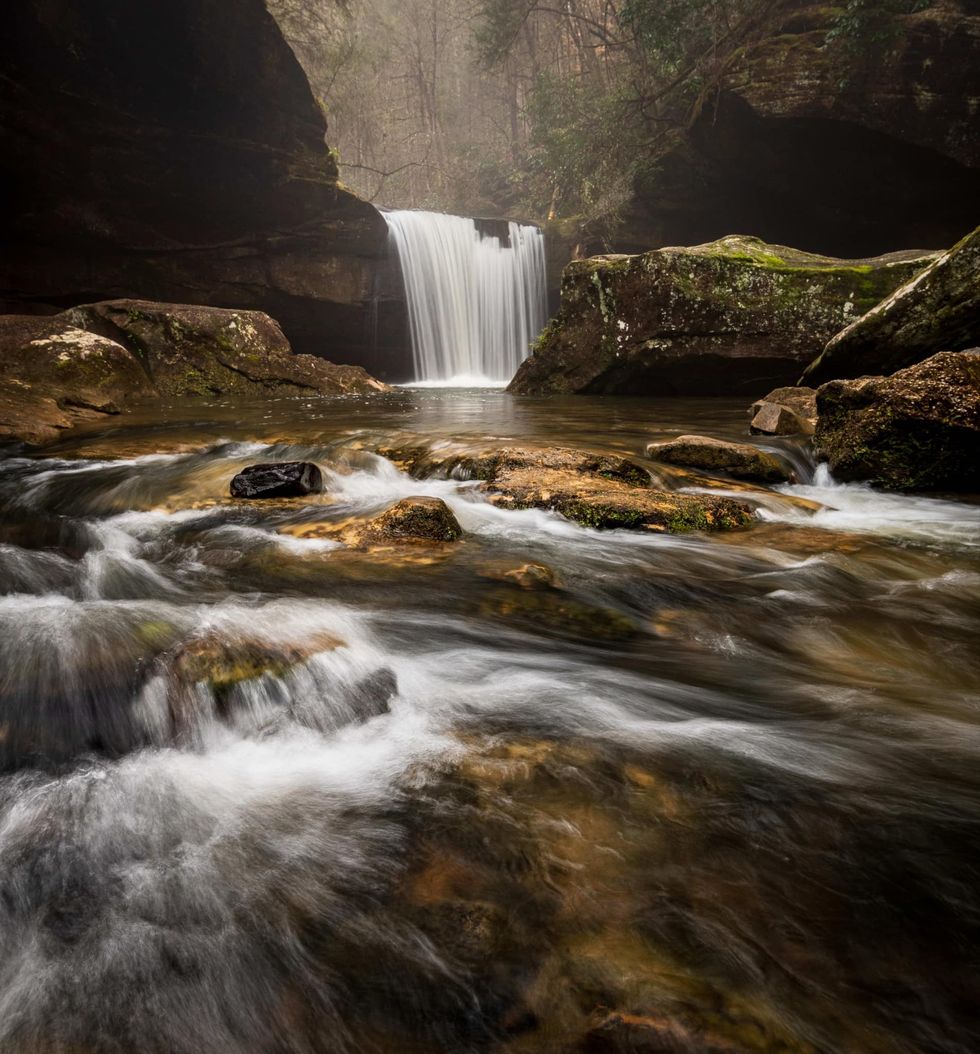 Photo: Craig Mack
Photo: Craig Mack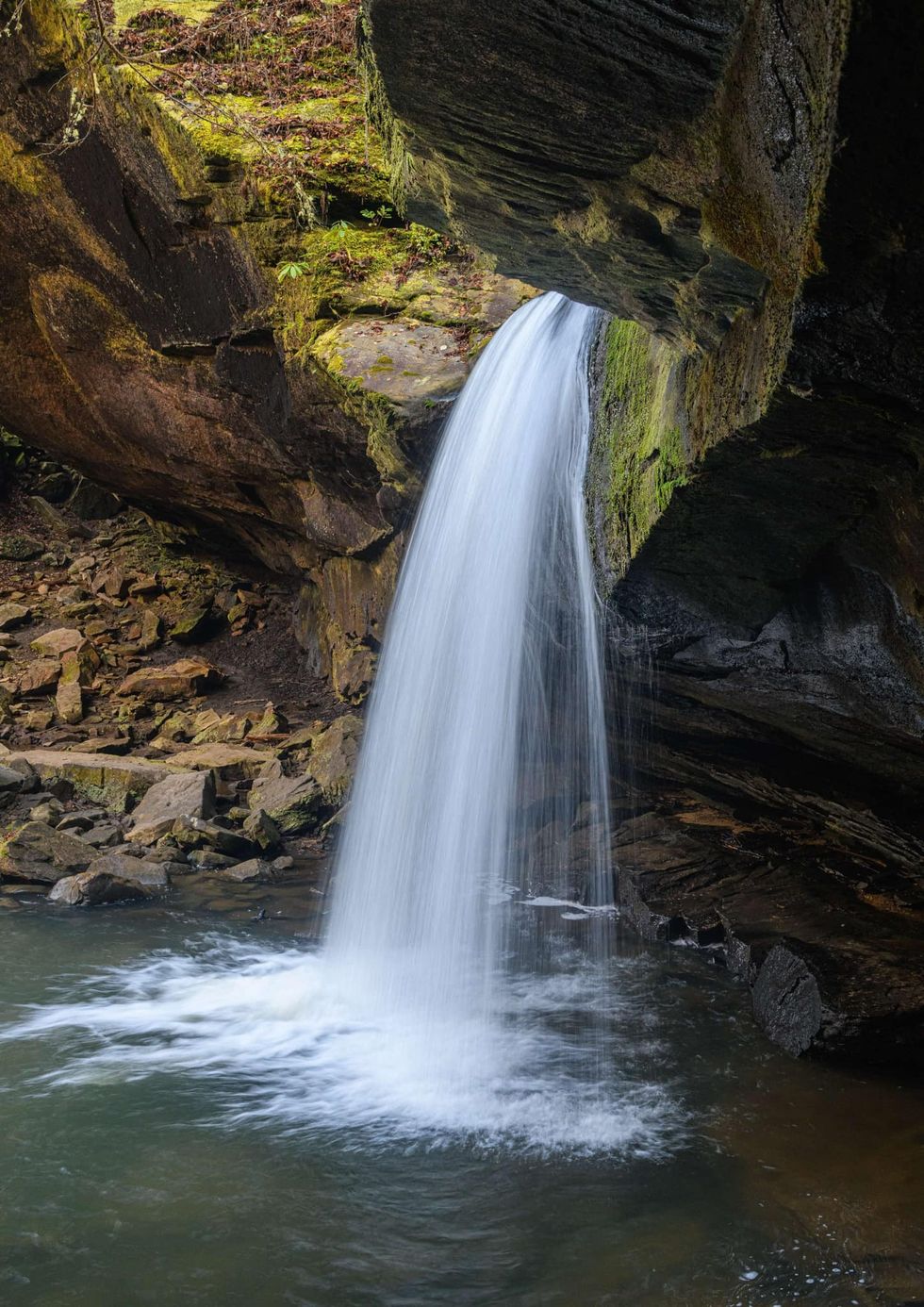 Photo: Craig Mack
Photo: Craig Mack